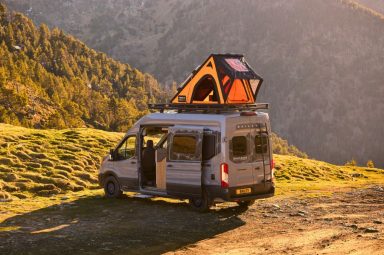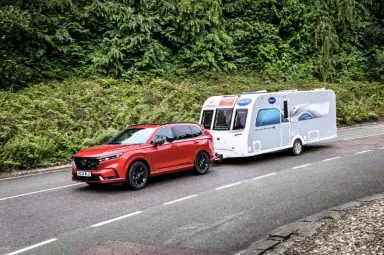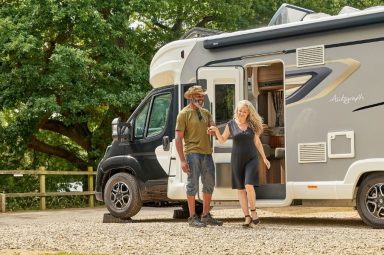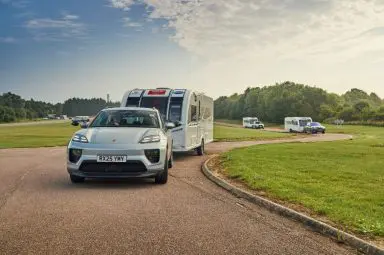A Great 1 Month UK Itinerary for Retired Travellers

All prices and restrictions are correct at the time of writing (Oct 2025) but check for changes and to make sure access will work for your particular vehicle to roads and car parks before you plan your trip
If you’ve ever come home from a holiday and felt like you’d only just started to unwind, this 1 month UK itinerary is for you. With 30 days to explore, there’s no need to rush. You can take the long way round, linger where it’s lovely and move on when you’re ready.
Being able to move on when you’re ready is the key that makes touring by caravan, motorhome or campervan such a joy. Your vehicle is your home-from-home, wherever you decide to stop. You can plan ahead or follow your own whims, and everything you need is right there with you.
This itinerary is designed for travellers who like to see the best of the UK at their own pace. You’ll find a full month’s loop around Britain, complete with handpicked campsites, a few tidbits of insight and helpful details about how best to visit each place in your chosen leisure vehicle.
Week 1: The South (Kent, Sussex & Hampshire)
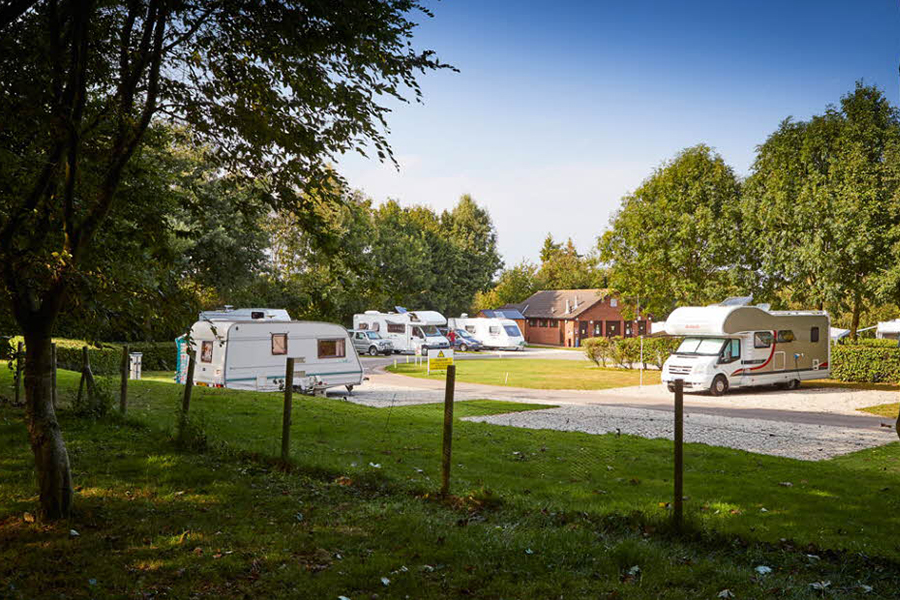
The South is the perfect place to ease into a long tour: the roads and the weather are a bit gentler and there’s history around every corner.
Base yourself first at Black Horse Farm Club Site (Caravan & Motorhome Club) near Canterbury. It’s level and ideally placed for your first few nights on the road. From here, you can take the short drive into Canterbury, or better still, park at Canterbury Motorhome Aire which has 24 hour parking for around £8 and get the free bus into town.
Canterbury Cathedral opens at 10 am, and if you’re there early, you’ll often hear the choir rehearsing. Afterwards, wander the cobbled streets for coffee and a browse through the small independent shops.

Nearby, Leeds Castle is worth a full morning. The car park tends to fill by 10:30 am, so early is best. Or head to Rye, one of England’s prettiest market towns; it’s easy to walk around and there is plenty of long-stay parking. However, double-check height restrictions for motorhomes.
A little further west sits Arundel Castle & Gardens (open April–Early November). There’s overnight parking available close to the entrance in the overflow field of Mill Road car park, and it’s an easy, relaxed visit, so you can sit for a while with a cup of tea and a slice of cake.
To round off the week, head west along the coast to Dorset and settle at Priory Meadow Camping & Caravanning Club Site. It’s perfectly placed for Lulworth Cove and Durdle Door, and the drive there takes you through some lovely open countryside. Arrive late afternoon if you can, because the evening light on the coast is spectacular, and the roads are much quieter.
Week 2: The West Country (Devon & Cornwall)
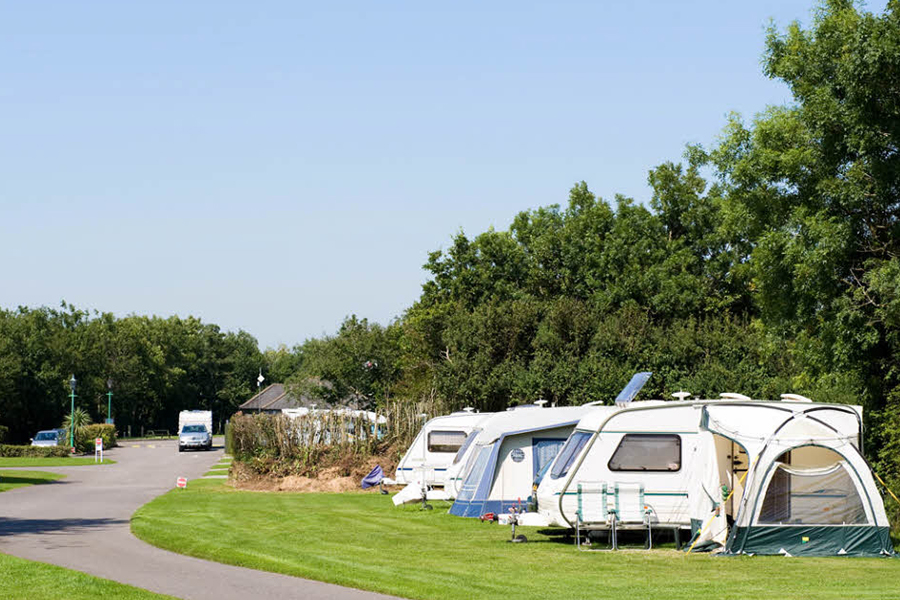
This stretch of the journey is all about sea air and those slow, scenic drives where every corner brings a new view.
Start with a few days at Modbury Club Site. It’s a well-kept, terraced site surrounded by green hills, so it’s perfect for walks on Dartmoor or trips down to the South Hams coast. If you’re in a larger motorhome, set your satnav to “avoid narrow roads”, because some Dartmoor lanes were built with sheep in mind, not 7.5 metres of leisure vehicle.
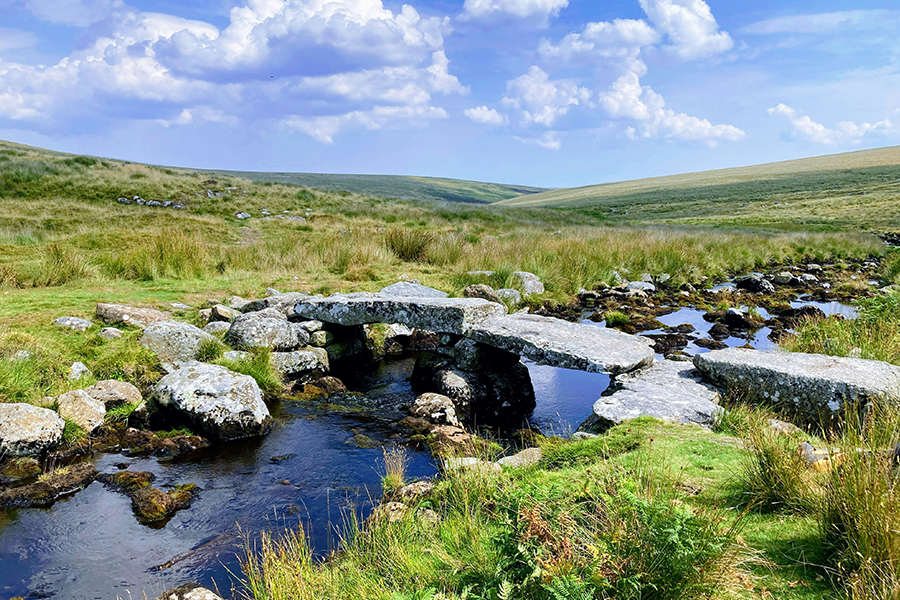
For Dartmoor walks, try one of the shhttps://www.ukcampsite.co.uk/sites/details.asp?revid=10747orter circular trails. Most take around two hours and give you sweeping views without much climbing.
Then make your way towards Cornwall and stay at Cross Coombe Farm Certified Site near Newquay. It’s a peaceful, sheltered site surrounded by hedgerows. It’s an easy two-and-a-half-hour drive if you avoid the A30 at peak times.
Tavistock makes a handy lunch stop en route, with Riverside Car Park welcoming motorhomes for around £6.40/day and a Saturday market that’s worth browsing.
Places to visit:
- The Lost Gardens of Heligan: A must-see if you’re up for a slice of tropical rainforest, but in Cornwall. It’s best enjoyed first thing when the gates open at 9 am because this is when it’s quietest. The paths are easy-going and there’s shaded parking for motorhomes.
- Tintagel Castle: Go early to avoid the tour groups. Park at the visitor centre and take the short, steep walk down to the bridge (good walking shoes help).
- St Ives: This seaside town is lovely any time of year. Use Trenwith Car Park for motorhomes (except between 11pm and 8am) and wander into town. Late afternoons are quieter and the light on the harbour is golden.
And of course, no visit to this region is complete without a cream tea or two. Try the Old Mill Tea Room in Chagford (cream first, Devon-style) and Fentongollan Farm Café in Truro (jam first, Cornish-style). It’s only fair to sample both sides before deciding.
Week 3: Wales & The Borders
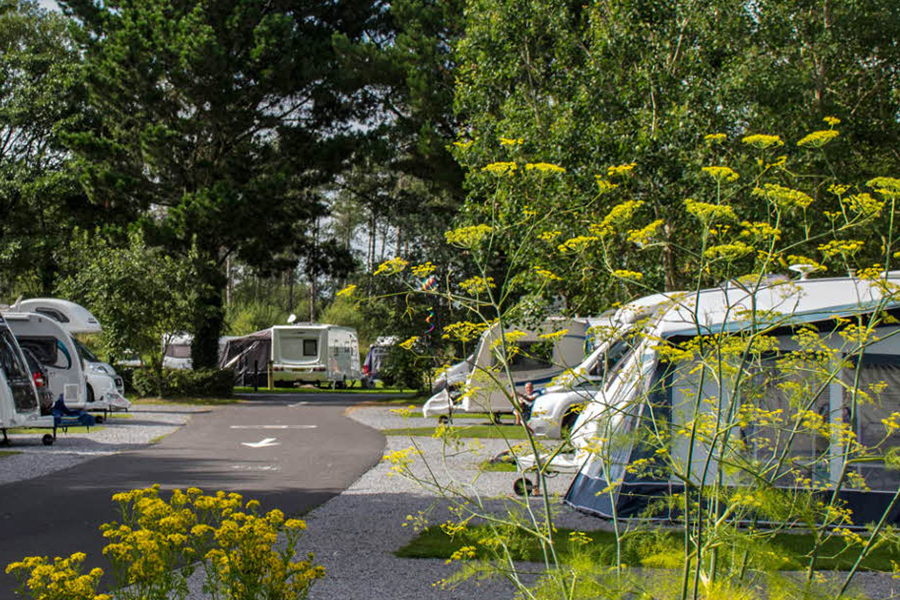
Cross into Wales and the scenery changes completely into a mixture of wide skies and mountain roads.
Your first stop is Pembrey Country Park near Llanelli. It’s tucked between forest and beach, with spacious pitches and easy access for larger vehicles. You can cycle to the coast in about 10 minutes or follow one of the woodland trails straight from the site. Check tide times before you go, because at low tide, the beach seems to stretch out in front of you forever.
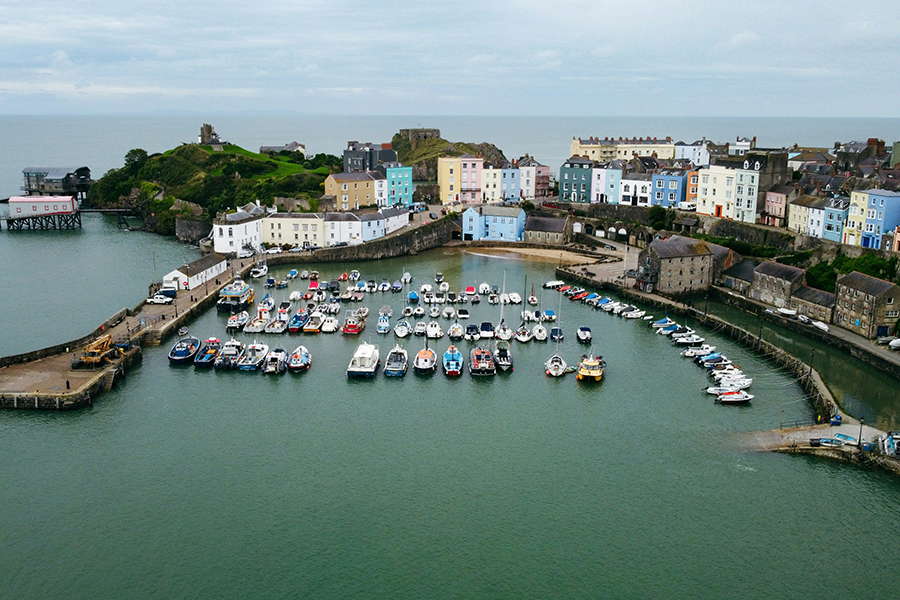
From here, it’s about an hour to Tenby, a colourful harbour town that’s easy to explore on foot. Park at the North Beach Car Park, which has bays suitable for motorhomes, and take the short cliff-top walk into town for lunch overlooking the sea.
Heading north, follow the A470 through the Brecon Beacons, which is one of Britain’s most scenic drives and well-suited to motorhomes. There are plenty of safe lay-bys to stop for photos or a cup of tea.
Next, set up at Llyn Gwynant Campsite, right beside a lake in the heart of Snowdonia. It’s best for campervans or smaller motorhomes (the approach road is narrow but doable if you take it slowly). Evenings here are something else, consisting of mirror-flat water and nothing but birds for company.
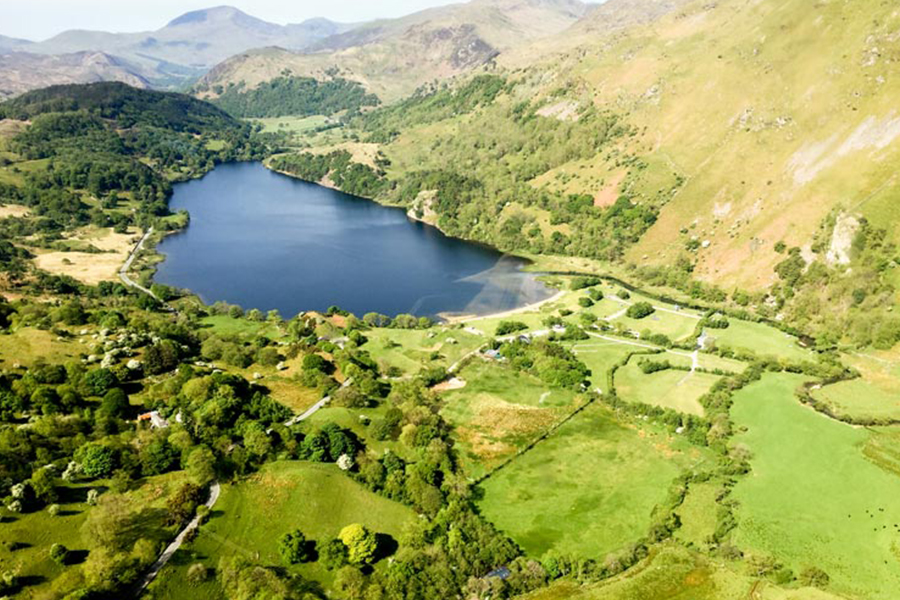
Local tips:
- Pont Bethania car park (for the Watkin Path up Snowdon) typically fills by 8 am. Even if you’re not hiking to the top, the lower paths are beautiful for a morning walk.
- Powis Castle (National Trust) near Welshpool has excellent access and peaceful gardens, making for a good, gentle day out.
- Hay-on-Wye is ideal for a market browse or bookshop trail. Thursday is market day; arrive mid-morning before it gets busy.
Week 4: The Lake District & Scottish Borders
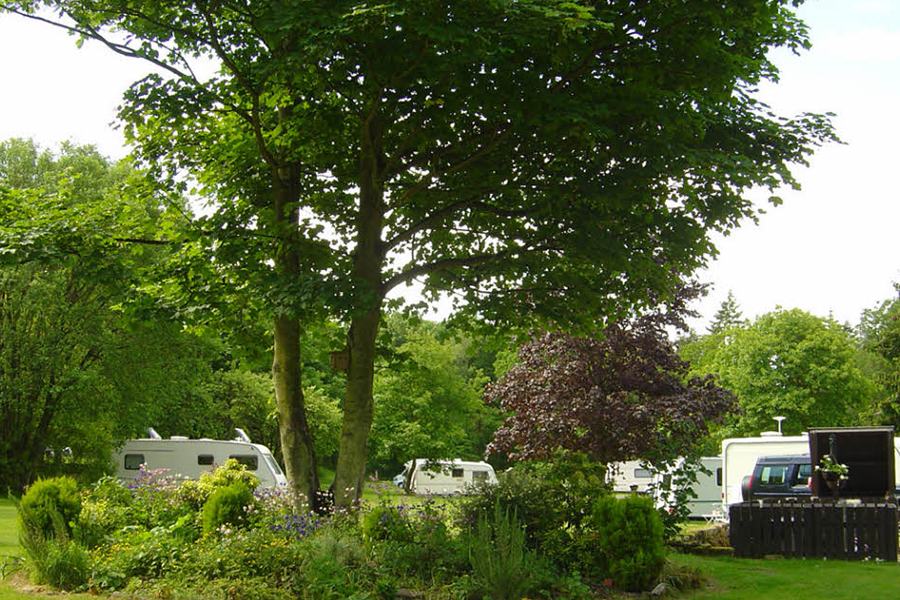
From the mountains of Wales to the lakes of Cumbria, the scenery softens but stays spectacular. The Lake District feels built for touring: short drives and endless tea rooms.
Spend a few nights at Englethwaite Hall, a peaceful woodland site with wide pitches and a canopy of stars after dark. Here, you’ll likely feel like taking a proper rest day: something like a slow morning walk, a book outside, maybe a barbecue if the weather holds.
When you’re ready to explore, Bowness-on-Windermere and Ambleside are both close by. Park at Rayrigg Meadow (it has motorhome bays) and stroll to the lakefront in about 10 minutes. The ferry across Windermere gives you a completely new view of the fells.
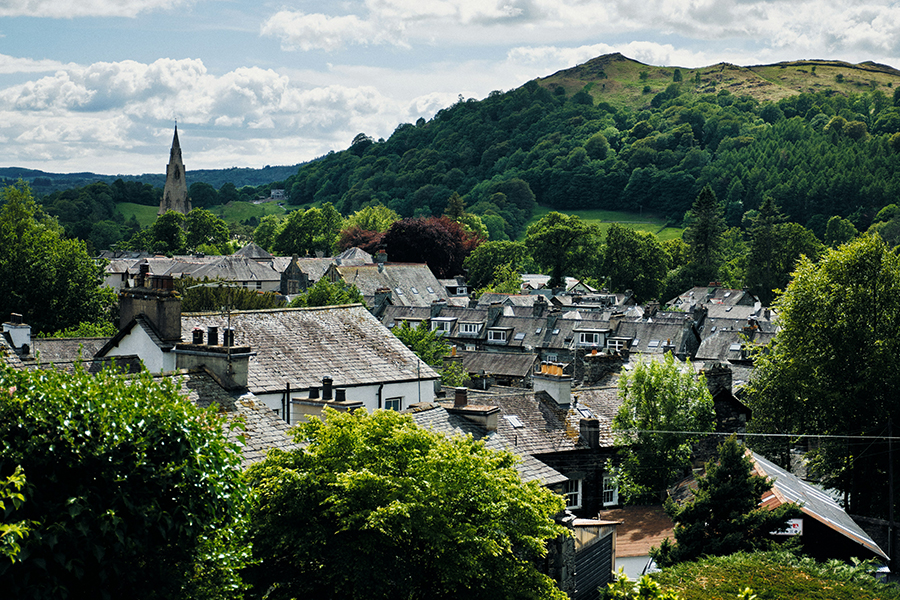
Hill Top, Beatrix Potter’s former home, is another must-see. You’ll need to book in advance but parking on site is not suitable for campervans and motorhomes, so use the National Trust page to plan your travel.
Cross into Scotland for your next stop at Melrose Gibson Park. The site sits beside the River Tweed, right in the village. You can walk to Melrose Abbey in five minutes: go around sunset if you can, when the sandstone glows red.
The A82 along Loch Lomond is famously beautiful but can be narrow and busy. Try midweek mornings when traffic is lightest, and you’ll find plenty of places to pull over for photos.
For something quieter, the Trimontium Museum in Melrose tells the story of Roman Scotland in a single, fascinating room, which is ideal for a gentle half-day outing.
It’s worth packing a fleece here. Even on sunny days, the Borders can turn cool once the wind comes off the hills.
Week 5: Eastern England
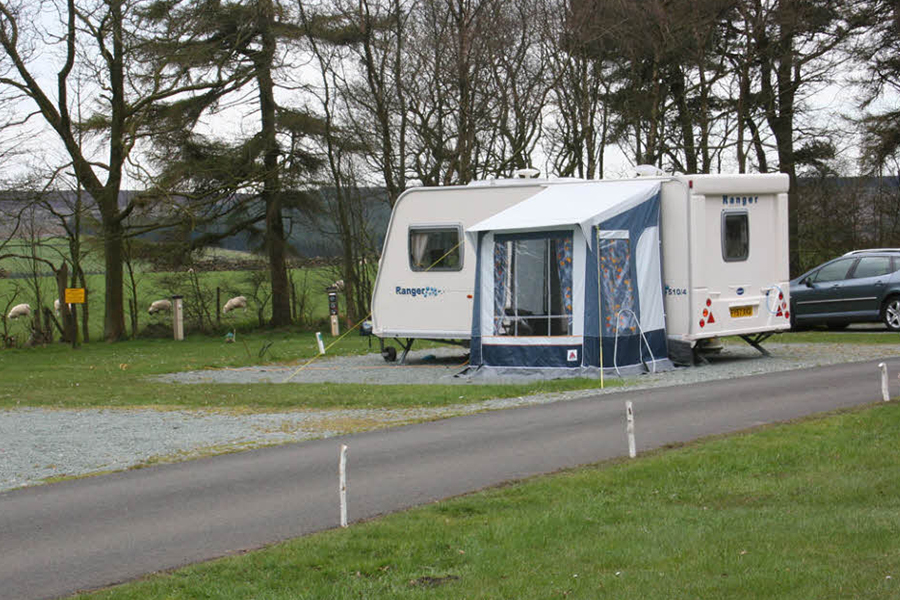
For your final week, head east through Yorkshire, Lincolnshire and the Cotswolds. The regions that sum up everything lovely about British touring: open scenery, old towns and good local food.
First stop: North Yorkshire Moors Club Site near Whitby. It’s quiet and surrounded by heather-covered hills. From here, take the North Yorkshire Moors Railway steam train to Pickering; it’s about 40 minutes each way, and a nostalgic way to see the countryside.
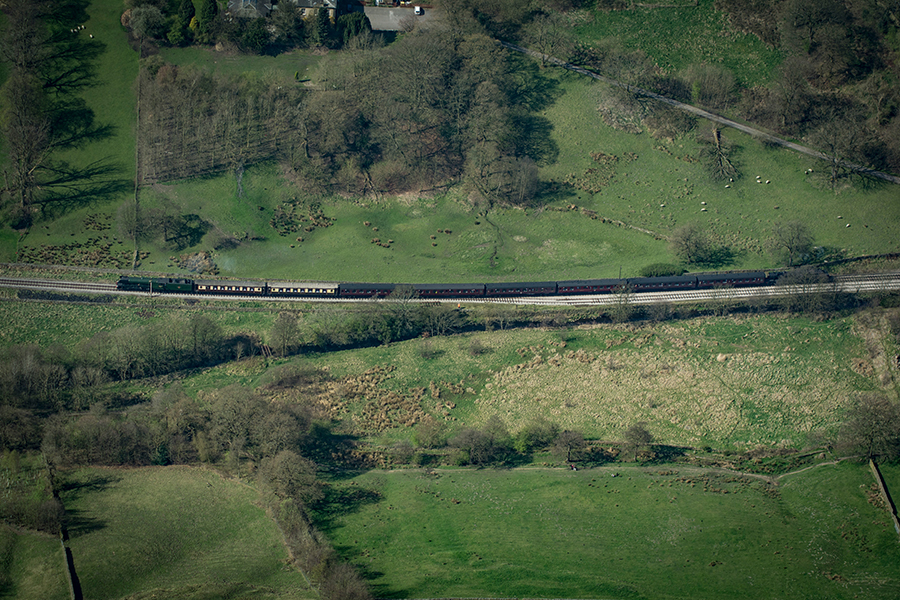
In Whitby, park at Abbey Headland Car Park (spaces for motorhomes) and walk down the famous 199 steps into town. It takes about 10 minutes down, 15 back up at an easy pace. Visit Whitby Abbey just before closing time for fewer people and the best light for photos.
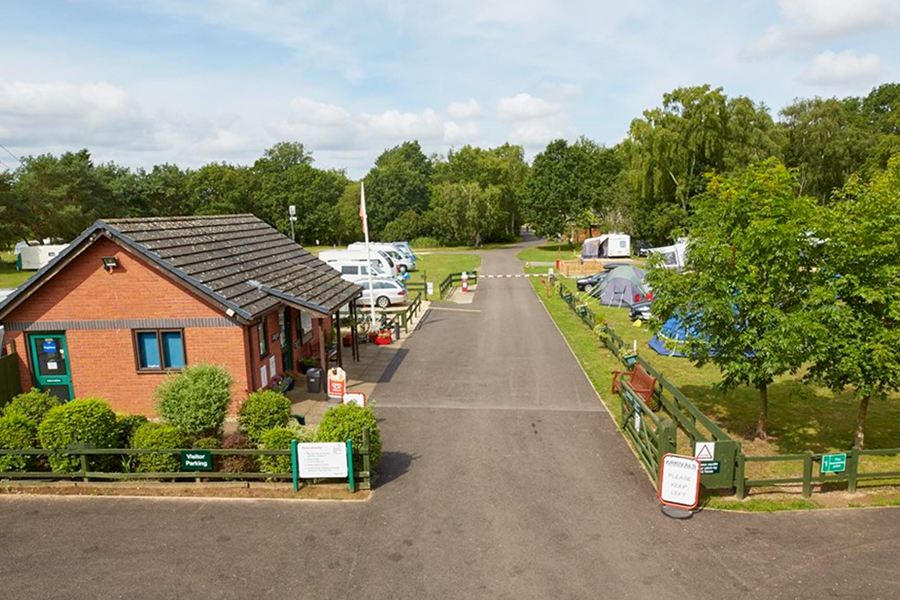
Next, move south to Woodhall Spa campsite. The site is neat, tree-lined and ideal for a relaxed couple of days. It’s around 40 minutes from Lincoln Cathedral, which opens at 10 am. Arrive early to get a spot at Tentercroft Street Car Park, which fits motorhomes. After your visit, wander along Brayford Wharf for a waterside lunch.
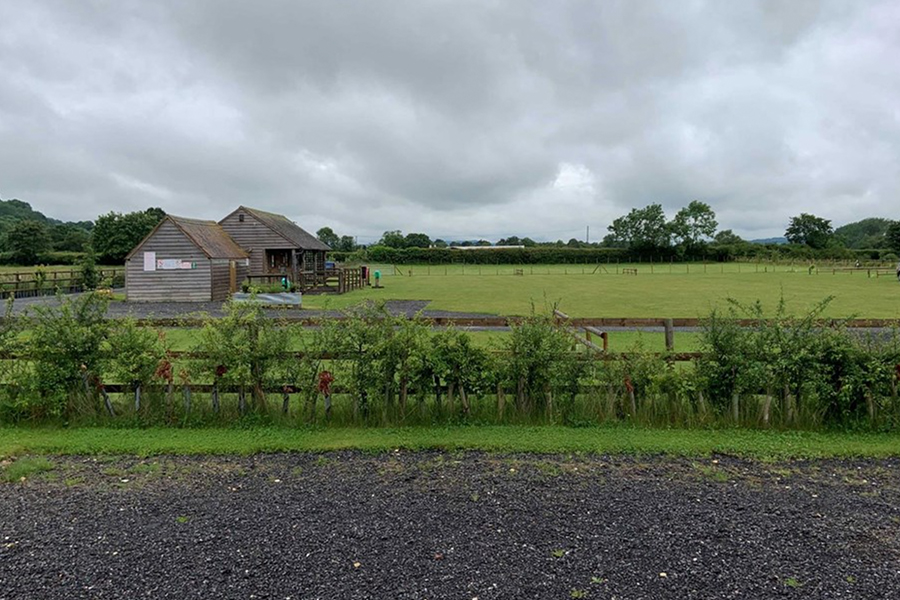
Finish your journey in the Cotswolds, staying at Broadway Northwick Farm Club Site. It’s a level, easy-access site within walking distance of Broadway village and perfect for a gentle final evening.
If you’ve still got energy for a walk, head up to Broadway Tower in the morning (or drive and park at the base if you prefer a short stroll). On a clear day, you can see as many as 16 counties from the top, something that should make a fitting end to your 30 days on the road.
A few quick tips
A few things make planning a month-long trip easier:
- The Caravan & Motorhome Club Route Planner shows which roads are best suited to towing.
- The Camping & Caravanning Club SiteSeeker app is brilliant for finding nearby sites when you fancy staying an extra night somewhere.
- The National Trust Touring Map helps you match up heritage stops with places to park up for the night.
If you like the option to be spontaneous, try the Searchforsites app for nearby motorhome parking or Brit Stops for overnight stays at pubs and farm shops for motorhomes and campervans.
And if sustainability matters to you, look for certified green sites, especially in Wales and Scotland, where many now use renewable energy and recycling facilities.
Ready to plan your own month of touring?
This route gives you a framework, but the joy is in making it your own. Maybe you’ll linger longer by the sea, follow a garden trail instead of a castle one, or circle back somewhere that caught your heart.
Wherever you go, the journey feels smoother when your vehicle feels right for you.
So if you’re planning a longer tour or thinking about upgrading, it’s worth taking a look at our latest ranges of caravans, motorhomes and campervans.
Or, if you’d like more travel inspiration, take a look at our blog for more routes and advice.

